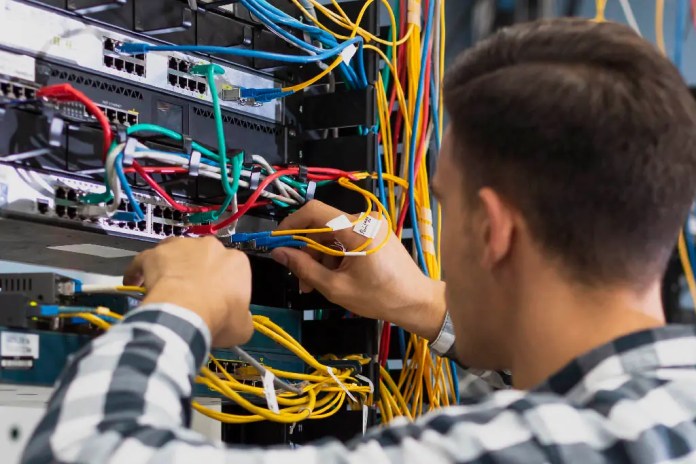- Industry is racing to devise more efficient energy solutions—nuclear power among them—but the dilemma of water is stickier and more urgent than ever.
This year, wildfires swept across Europe with alarming intensity, devouring forests and filling the air with a haze of smoke. Droughts lingered across the continent, rivers shrank to narrow trickles, and day after day, relentless heat left the earth brittle and dry.
In the midst of these climate extremes, a new crisis was bubbling beneath the surface—one that few outside the tech industry had truly reckoned with.
For most, when talk turns to data centres—the humming, fortress-like hubs keeping our digital lives online—the immediate concern is usually energy. Indeed, much of the public debate has revolved around how much electricity these digital fortresses devour, especially as artificial intelligence surges and servers multiply.
But now, beneath the shadow of Europe’s wildfire-blackened skies, another risk is looming ever larger: water.
Climate change
Robert Pritchard, Principal Analyst at GlobalData, watched the headlines stack up with growing concern. He’d spent years tracking how climate change was warping weather: wildfires, flash floods, and summer heatwaves that scorched the land.
“Superheated ground results in less rain being absorbed into the ground,” he mused in a recent report.
“Much of it runs straight off the dry soil, destroying lives and livelihoods. Climate change is making water more precious, just as we’re demanding more of it to cool our ever-growing web of data centres.”
It’s not just fear-mongering. Some cities, like Singapore and Dublin, have slammed the brakes on building new data centres altogether, hoping to preserve both electricity and water for their citizens as infrastructure strains under exponential growth.
Meanwhile, the industry is racing to devise more efficient energy solutions—nuclear power among them—but the dilemma of water is stickier and more urgent than ever.
Shortcuts don’t exist
Pritchard observed how innovation is being thrown at the problem, with alternatives to water cooling under development and a push to drive down usage.
But the facts are sobering. New estimates from the OECD suggest that, by 2027, AI tools alone could gulp down as much as 4.2 to 6.6 billion cubic meters of water each year. That’s more than all the water Denmark uses in a year, or nearly half of the UK’s annual water footprint.
Despite industry optimism, Pritchard offered a candid warning: “With most technology problems, given enough engineers and willpower, solutions emerge. But cooling data centers in the age of climate change isn’t just a tech issue. It’s also deeply political and inescapably social—the solutions need to safeguard people’s lives, not just corporate profits.”
With water, there’s no easy fallback. “There’s no water equivalent of carbon credits,” Pritchard noted pointedly. Corporations can mask emissions behind green-sounding offsets, but when it comes to water, such shortcuts don’t exist.
If the electricity goes out, a data centre might flick over to backup diesel generators. But water? Having a spare “data lake” on hand won’t save the day. And as climate-fueled resource scarcity deepens, the threat of intentional attacks on water infrastructure grows all the more perilous.
This summer, as wildfires raged and reservoirs dropped, Europe’s data centers found themselves at a crossroads. The region’s digital future might just depend on winning a battle for water—one that’s every bit as fierce as the fight against carbon.
Discover more from TechChannel News
Subscribe to get the latest posts sent to your email.




